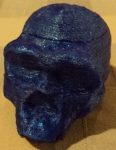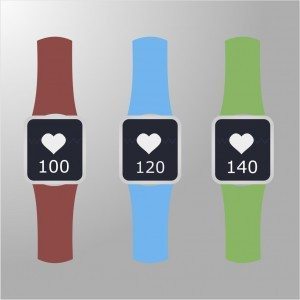 It is hoped that by now all the school routine is shaking back down into place. No doubt you’ve all got ANZAC Day marked on your class calendars, and this may be a good time to revisit some of the celebrations with the younger students. This week our younger students are looking at types of homes and local Aboriginal groups. Students in Year 3 are investigating climate zones and biomes of Australia, while students in Years 4 to 6 are looking at Europe in the ‘Age of Discovery’ (the 15th to 18th centuries).
It is hoped that by now all the school routine is shaking back down into place. No doubt you’ve all got ANZAC Day marked on your class calendars, and this may be a good time to revisit some of the celebrations with the younger students. This week our younger students are looking at types of homes and local Aboriginal groups. Students in Year 3 are investigating climate zones and biomes of Australia, while students in Years 4 to 6 are looking at Europe in the ‘Age of Discovery’ (the 15th to 18th centuries).
Foundation/Prep to Year 3
 Students in our stand-alone Foundation/Prep class (Unit F.2), in line with the name of the unit “Where We Live”, are examining different types of homes and talking about how people get the things they need (such as shelter, warmth etc) from their homes. Students examine a wide range of different types of homes including freestanding houses, apartments, townhouses, as well as boats, caravans and other less conventional homes.
Students in our stand-alone Foundation/Prep class (Unit F.2), in line with the name of the unit “Where We Live”, are examining different types of homes and talking about how people get the things they need (such as shelter, warmth etc) from their homes. Students examine a wide range of different types of homes including freestanding houses, apartments, townhouses, as well as boats, caravans and other less conventional homes.
Students in integrated Foundation/Prep classes (Unit F.6) and in years 1 (Unit 1.2), 2 (Unit 2.2) and 3 (Unit 3.2) are finding out about their local Aboriginal groups, in the area of their school. Students will be considering how the groups are connected to the land and what changes they have seen since they first arrived in that area, thousands of years before. Remember, if you need information about your local Aboriginal group, feel free to contact us and ask.
Years 3 to 6
 Students in Year 3, doing the Unit “Exploring Climates” (Unit 3.6) are consolidating work done last week on climate zones and the biomes of Australia. This week they are focusing on matching the climate zone to the region of Australia. Students in Years 4 (Unit 4.2), 5 (Unit 5.2) and 6 (Unit 6.2) are shifting focus across to Europe in the 15th to 18th centuries – the ‘Age of Discovery’.
Students in Year 3, doing the Unit “Exploring Climates” (Unit 3.6) are consolidating work done last week on climate zones and the biomes of Australia. This week they are focusing on matching the climate zone to the region of Australia. Students in Years 4 (Unit 4.2), 5 (Unit 5.2) and 6 (Unit 6.2) are shifting focus across to Europe in the 15th to 18th centuries – the ‘Age of Discovery’.
This sets the scene for further examinations of explorers and the research project students will undertake this term, as well as introducing students to the conditions in Europe which later led to colonisation, thereby providing some important background information for Australian history in Term 3. Students can examine Spain, Portugal and England and the role that they played in exploring the world at this time.
Science!

Did you know: the Understanding Our World™ program also fully covers the Science component of the Australian Curriculum at each year level, integrated with the HASS materials!
In line with the Age of Discovery explorer theme, student start their Science activity: “Ancient Sailing Ships“. A perennial favourite with students, this activity involves making a simple model sailing ship and then examining the forces acting on the ship, the properties of different parts of the ships and the materials from which they were made, examining different types of sails (square-rigged versus lateen-rigged), as well as considering the phases of matter associated with sailing ships.
Some schools set up water troughs and fans and race the ships against each other, which causes much excitement! This activity also helps students understand some of the challenges faced by explorers who travelled the world in similar vessels.

 Foundation to Year 3
Foundation to Year 3





 There are more and more wearable devices that collect a variety of health data, and other health records are kept electronically. More often than not, the people whose data it is don’t actually have access. There are very important issues to consider, and you could use this for a conversation with your students, and in assignments.
There are more and more wearable devices that collect a variety of health data, and other health records are kept electronically. More often than not, the people whose data it is don’t actually have access. There are very important issues to consider, and you could use this for a conversation with your students, and in assignments.
The kit was easy while still fun to build (except maybe for fitting the wires in). This was a fun…
Florence (15) and Keito (14), students at Hakusan International School